10 Graphic Design Trends 2025 | 매거진에 참여하세요
10 Graphic Design Trends 2025
#Design #Trend #2025 #Bento #List #Ink #Scrapbook #MInimal #3D #Grid
Minimal typography, ink trap fonts, hyperrealism, and more
Graphic design is a living, breathing thing—it evolves with culture, technology, and human emotion. And if you're a designer, staying ahead of the curve is not just exciting—it’s essential.
In 2025, the most interesting trends are emerging from the collision between retro nostalgia and bleeding-edge tools. Let’s explore the 10 graphic design trends that are defining the year ahead.
1. Minimal Typography: Less Noise, More Impact
Minimalist typography has matured from a trend to a design philosophy. Often seen in streetwear branding, packaging, and high-end web design, it centers the type itself as the visual hero. Think bold sans-serifs paired with elegant script fonts. Think whitespace that breathes. Think clarity with a touch of luxury.
Why it works:
Strong hierarchy and compositional balance
Timeless elegance through simplicity
Maximized impact with fewer elements
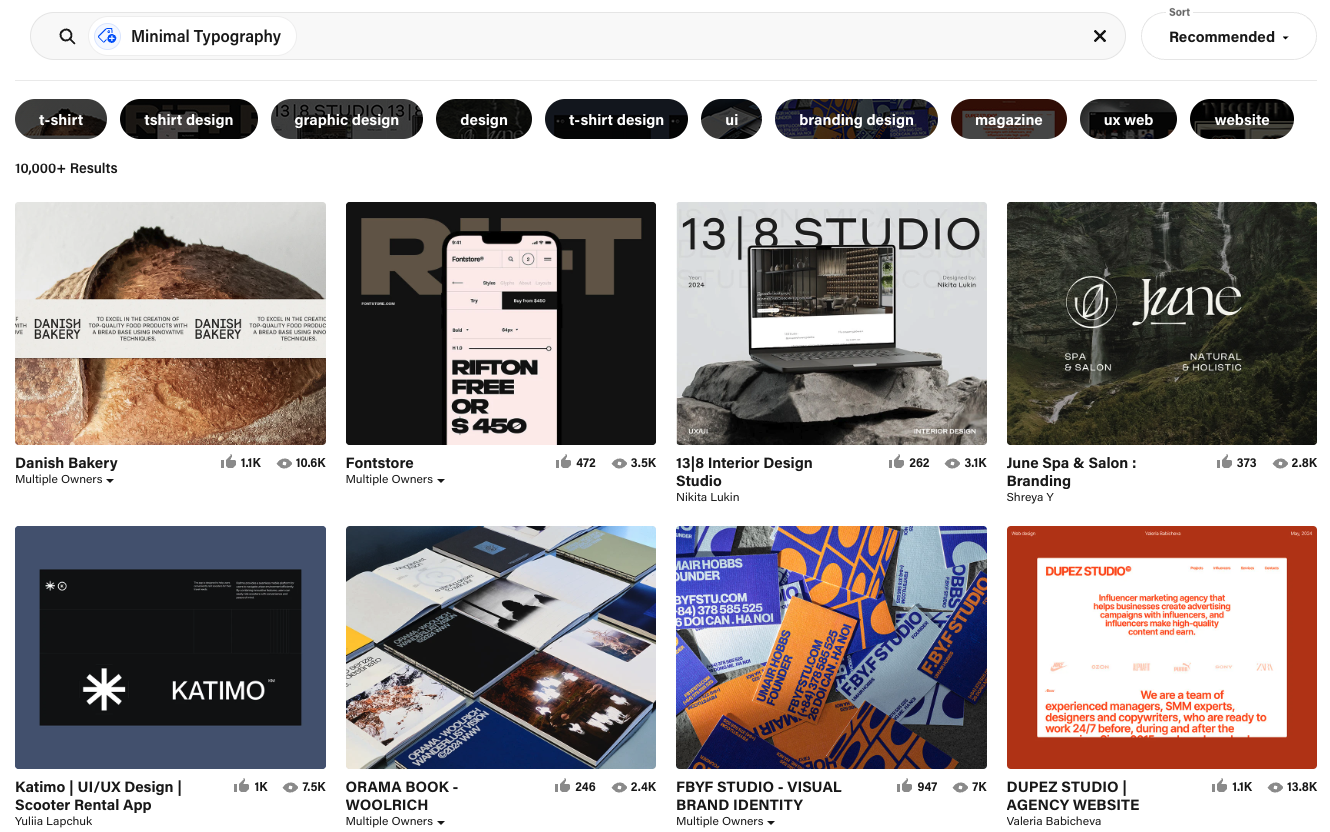
2. Utilitarian Layouts: Order in Aesthetic
Inspired by boarding passes, shipping labels, and barcodes, utilitarian design embraces function as beauty. It features tight grids, boxed typography, micro-labels, and icons—creating a sense of systematized chaos that’s oddly satisfying.
Best seen in:
Beverage and product packaging
Presentation slides
Menu and poster layouts
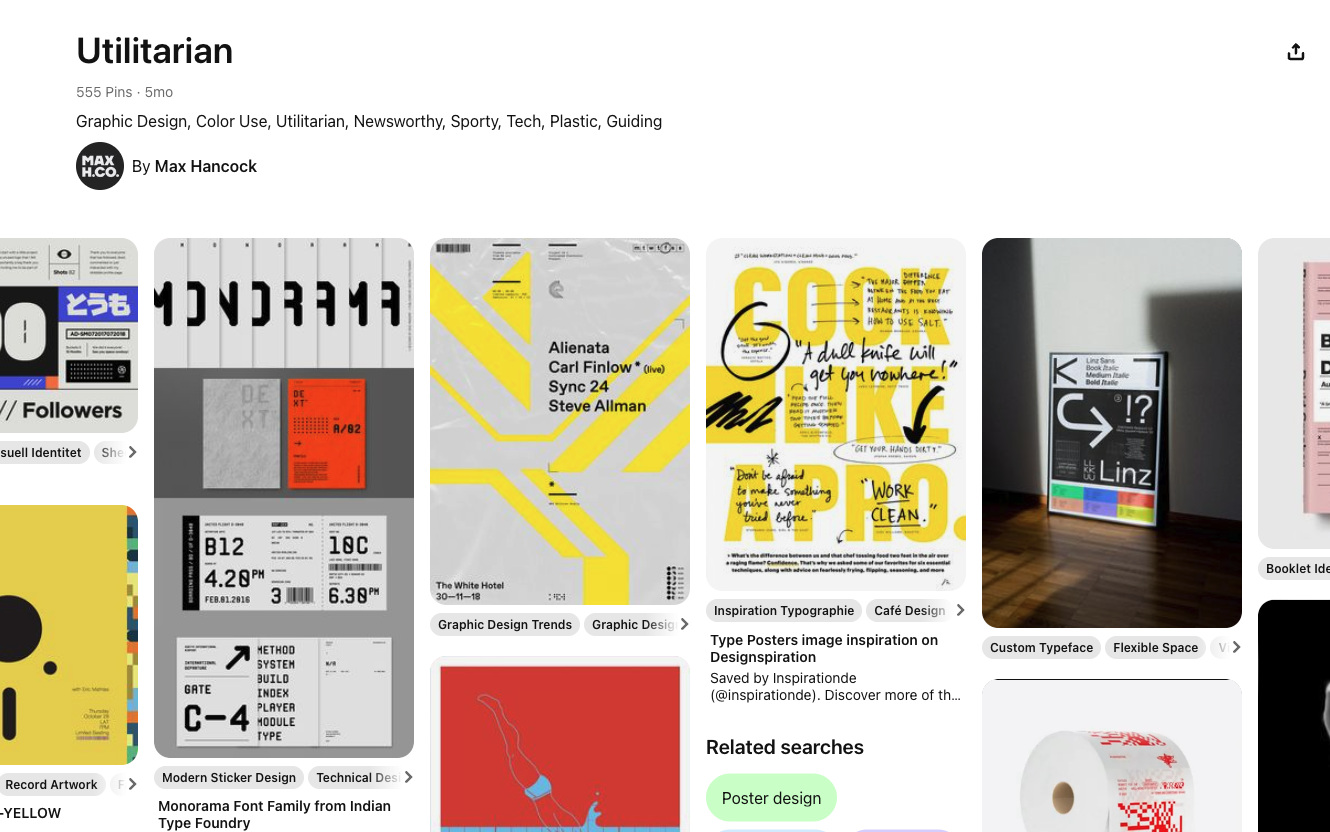
3. Surrealist Collage: Dreamlike Digital Art
Surrealism is back—but with a contemporary twist. Think butterflies flying through galaxies, highways suspended in the sky, or abstract faces blending with clouds. Surrealist collages blur reality and fantasy to create designs that feel like dreams.
Where it shines:
Album covers and event posters
Editorial spreads
Social media carousels

4. Bento Grid: Functional Aesthetics
Modeled after Japanese bento boxes, this trend structures content into clearly defined sections—perfect for digital experiences. It’s visually digestible and delightful to navigate.
Use cases:
Web and app UI
Restaurant menus and flyers
Carousel-style content
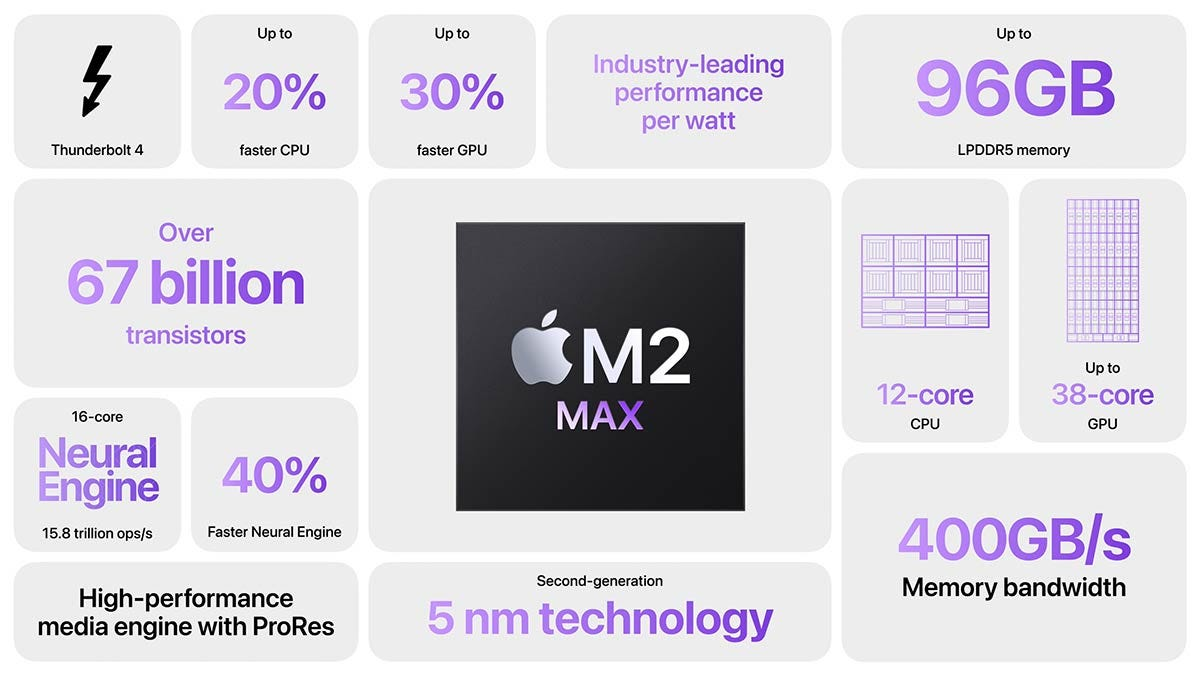
5. Gradient with Grain: A Soft Touch of Motion
Gradients are back, but not the flashy ones. Today’s gradients are paired with grain textures, creating a soft, almost cinematic feeling of motion. Inspired by the '90s, this style brings subtle dynamism without animation.
Design benefits:
Movement without motion graphics
Ideal for websites, posters, and packaging
Elegant yet expressive
6. Hyperreal 3D Visuals: Beyond the Product
Hyperrealism in 3D design creates striking visuals that are almost more real than reality itself. It's particularly popular in premium product ads, where items are seamlessly merged into fantastical compositions.
Where to use:
Product launch visuals
High-end ad campaigns
Animated brand storytelling
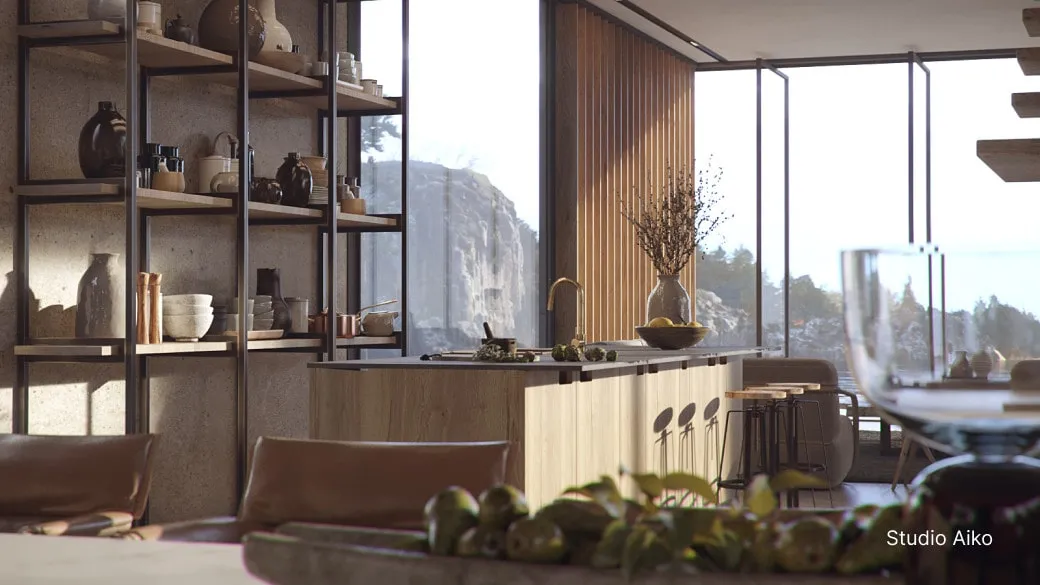
7. Sustainable & Rugged Aesthetics
As environmental awareness grows, so does the rise of rugged minimalism. Designers are embracing earthy textures, muted palettes, and raw materials to convey sustainability without sacrificing sophistication.
You’ll spot it in:
Eco-packaging
Sustainable brand identity
Recycled-texture business cards
8. Digital Scrapbook: Chaos Meets Charm
With hand-drawn doodles, torn paper textures, Polaroid mockups, and handwritten fonts, digital scrapbooking brings storytelling back into design. It feels personal, emotional, and just a little bit chaotic—in the best way.
Perfect for:
Social media campaigns
Presentation decks and thumbnails
YouTube or blog visuals
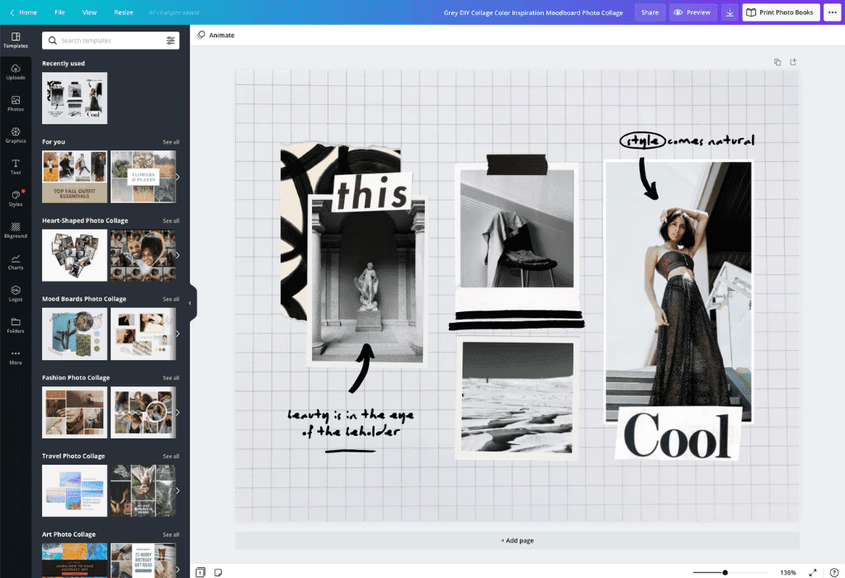
9. Ink Trap Fonts: From Utility to Trend
Originally designed to improve legibility in print, ink trap fonts have found new life in digital design. Their quirky cutouts and exaggerated serifs make them feel both sophisticated and strangely human.
Best used in:
Bold branding
Packaging and merchandise
Tech-savvy ad design
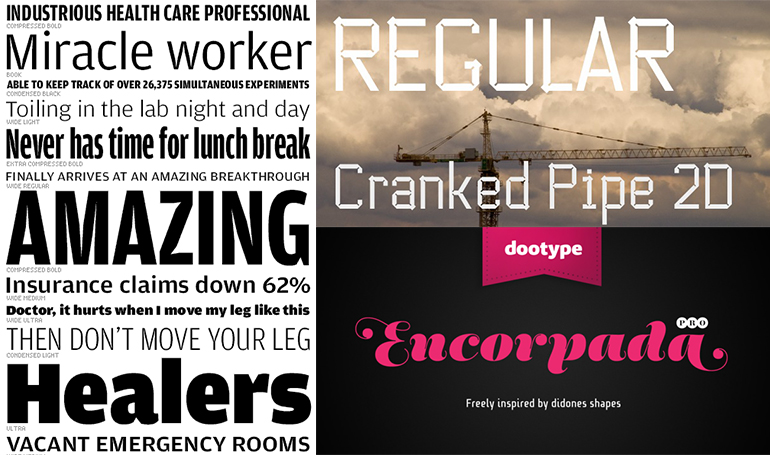
10. Naïve Doodles: Imperfection is In
Rough sketches, spontaneous lines, and childlike doodles are becoming an intentional design choice. When paired with clean layouts or bold typography, they introduce a layer of playfulness and approachability.
When to consider it:
Organic product packaging
Informal brand merch
Brands emphasizing sustainability and honesty
Final Thoughts
Design trends will continue to evolve—but their core purpose remains the same: to captivate, communicate, and connect.
Whether you’re drawn to the elegance of minimal type or the playfulness of naïve doodles, the trends of 2025 invite you to explore, experiment, and express. Let these ideas inspire your next bold design move.
✨ Which trend are you most excited to try? Share your thoughts in the comments






